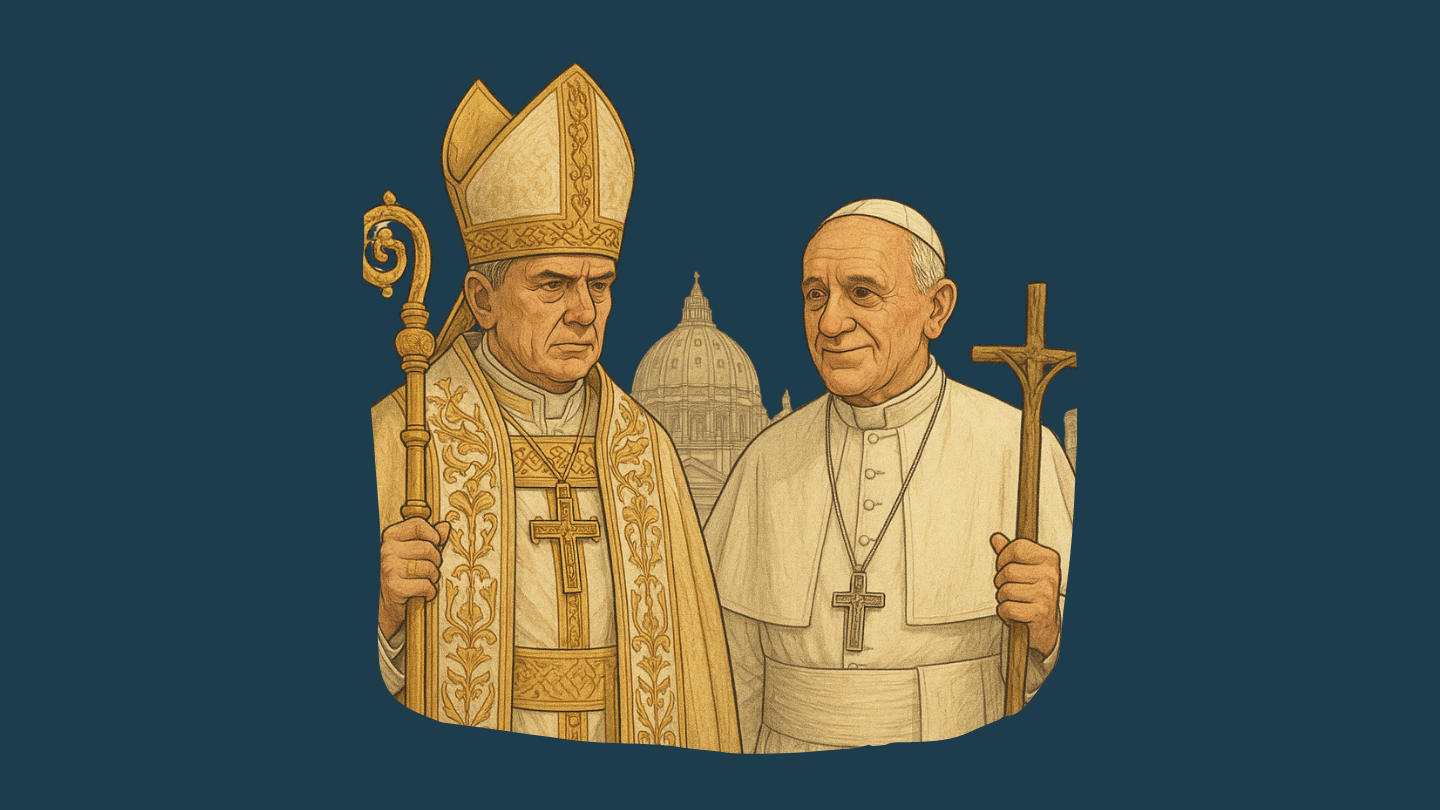social media regulation
pl. uncountable
Commonality score: 3 (Rare)
Translations
- Arabic: تنظيم وسائل التواصل الاجتماعي
- Chinese (Mandarin): 社交媒体监管
- French: régulation des réseaux sociaux
- German: Regulierung sozialer Medien
- Hindi: सोशल मीडिया विनियमन
- Japanese: ソーシャルメディアの規制
- Korean: 소셜 미디어 규제
- Polish: regulacja mediów społecznościowych
- Portuguese: regulação das redes sociais
- Russian: регулирование социальных сетей
- Spanish: regulación de las redes sociales
- Thai: การควบคุมโซเชียลมีเดีย
- Turkish: sosyal medya düzenlemesi
- Vietnamese: quy định về mạng xã hội
Empty space, drag to resize
Whilst every care has been taken to ensure accuracy, translations could be misleading. Check with your teacher if you are unsure.
Don't see your language? Try Google Translate
Don't see your language? Try Google Translate
Noun type
Abstract Noun: "Social media regulation" is an abstract compound noun because it refers to the rules, policies, or legal frameworks that govern the use and behaviour on social media platforms. It is intangible — representing systems of control, oversight, or law rather than a physical entity.
It is uncountable: “Governments are debating new forms of social media regulation.”
Definition/s
- The process or system of controlling or managing the operation, content, and influence of social media platforms through laws, policies, or platform rules.
- Governmental or institutional efforts to address issues such as misinformation, hate speech, user privacy, and algorithmic transparency on social media.
- A body of rules or guidelines created to protect users and maintain ethical standards on digital platforms.
Examples
- Governments worldwide are debating stricter social media regulation to curb misinformation.
- Tech companies often resist social media regulation to protect their autonomy.
- Experts argue that balanced social media regulation is essential for democracy and digital safety.
What are Openers?

- Openers are conversation starters you will use to participate in a discussion. They come in three forms:
1. Open Questions
- Ask an open question and understand your conversation partners’s views.
- Make sure to ask follow ups, and remember: this is a conversation, not an interview!
2. Stories
- Tell a personal story. Something that has happened to you, or somebody you know.
- Or tell us about something that you have done or seen.
- Your conversation partners must then follow up with you or reciprocate with their own stories.
3. Opinions
- Share an opinion about something that the content has inspired.
- Respectfully identify any agreement or disagreement there is in the room.
What are Openers?

- Openers are conversation starters you will use to participate in a discussion. They come in three forms:
1. Open Questions
- Ask an open question and understand your conversation partners’s views.
- Make sure to ask follow ups, and remember: this is a conversation, not an interview!
2. Stories
- Tell a personal story. Something that has happened to you, or somebody you know.
- Or tell us about something that you have done or seen.
- Your conversation partners must then follow up with you or reciprocate with their own stories.
3. Opinions
- Share an opinion about something that the content has inspired.
- Respectfully identify any agreement or disagreement there is in the room.
The Skinny
You’ve been asked to brief a senior executive (the “boss”) on a key issue from a recent business news event. This person is busy and relies on you to give them insight, not headlines.
You have 60–90 seconds to deliver a concise, high-value update tailored to their concerns and communication preferences.
1. Read the boss profile carefully.
- Who are they?
- What do they care about?
- What do they not want to hear?
2. Stick to their focus.
- What part of the story matters most to them?
- Don’t explain everything—prioritise.
3. Use business English.
- Be clear, precise, and professional.
- Avoid informal or emotional language.
Two Papal Styles: Clerical vs. Pastoral

Not all popes lead the same way. Some focus more on rules and tradition, while others focus on care and connection. These two styles are often called clerical and pastoral.
Understanding the difference can help us see why Pope Francis felt so different from past leaders—and why some people loved his style while others disagreed with it.
Understanding the difference can help us see why Pope Francis felt so different from past leaders—and why some people loved his style while others disagreed with it.
🟣 Clerical Style
- Focuses on rules, tradition, and Church authority
- Speaks with clear, firm direction
- Keeps strong boundaries between Church leaders and members.
Example: A clerical pope might defend strict Church teachings on family or sacraments.
🟢 Pastoral Style
- Focuses on compassion, listening, and inclusion
- Tries to meet people where they are.
- Emphasises mercy over judgment.
Example: A pastoral pope might welcome divorced people or support migrants and the poor.

